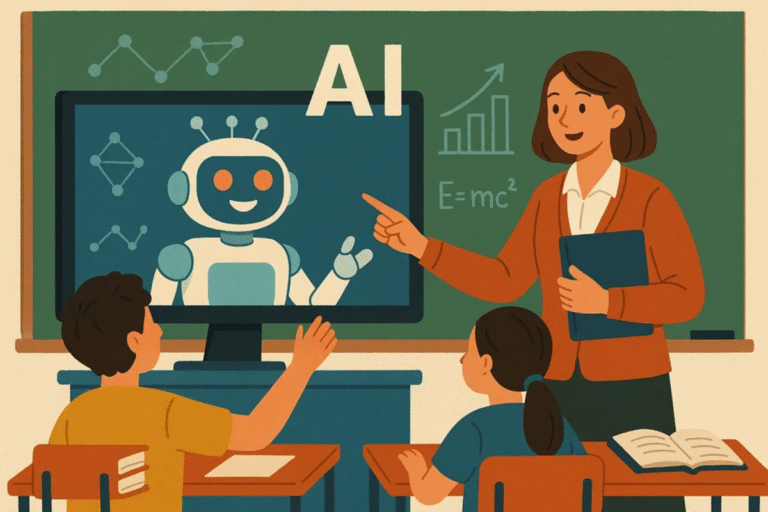The primary method of deliberate weather alteration, cloud seeding, started in the late 1940s. The fundamental concept was to simulate ice nuclei in the environment by injecting silver iodide or another chemical into the atmosphere using aircraft or rockets.
The ratio of ice nuclei inside a cloud to the water available to form around those nuclei determines how much rain or snow the cloud can create. The amount of ice nuclei in clouds can be increased by adding silver iodide particles, which have a structure extremely similar to ice. This is because clouds frequently lack naturally occurring ice nuclei.
Because of this, clouds may manufacture ice crystals more effectively. Which, depending on the temperature inside and outside the cloud, can either fall as snowflakes or melt to become showers.
Table of Contents
History of cloud seeding
Vincent J. Schaefer, an American scientist and meteorologist, carried out the first cloud seeding experiments in 1946. Seeding has been carried out using aircraft, rockets, cannons, and ground generators since then.
Many compounds have been tried. But the two that have proven most successful are solid carbon dioxide (dry ice) and silver iodide. When employed in supercooled clouds—clouds made of water droplets at temperatures below freezing—they create nuclei that the water droplets gather around and evaporate.
Water droplets connect themselves to the ensuing water vapor, which condenses into ice crystals and grows fast. Particles of calcium chloride act as the condensation nuclei. This gives raindrops their shape in clouds when the temperature is above freezing. In an effort to reduce damage to crops and structures, these compounds have been used in cloud seeding activities.
The 3 main methods of cloud seeding
These are the main 3 method of cloud seeding:
- Hygroscopic: Salts are dispersed in the lowest layers of clouds using flares or explosives during hygroscopic cloud seeding. As water mixes with them, the salt expands in size;
- Static: Spreading a substance into clouds, such as silver iodide, then it creates crystal and allows for the condensation of moisture. Though the clouds already contain moisture, silver iodide effectively increases the efficiency with which the water is released from them;
- Dynamic: Increasing vertical air currents will encourage more water to move through the clouds, increasing the amount of rain. Due to its reliance on a series of interconnected events operating as intended, the procedure is thought to be more complicated than static cloud seeding.
Negative effects
There are several advantages and disadvantages to cloud seeding. No technological advancement is without drawbacks.
How we employ them to effect genuine advancement or environmental change is what matters. Cloud seeding is one of them, where the agricultural techniques in some areas can improve only by the hope and productivity that this manufactured rain bestows.
- targeting is uncertain: After you scatter these “seeds,” nature will take care of the rest. It is possible for seeds to be blown off course by the wind. Then these seeds might bring rain where it isn’t needed, leaving the intended rainy area dry;
- harmful chemicals: The chemicals employed in cloud seeding may have unintended negative consequences on people, animals, plants, or the environment;
- unusual weather patterns: In the end, it might alter global climatic patterns. Due to the artificial practice of adding chemicals to the environment to induce rain, areas that typically receive moisture may begin to experience drought;
- it is costly: It entails procedures like carrying chemicals to the sky and releasing them into the atmosphere via flare shots or airplanes. Which requires significant financial outlays and logistical planning;
- pollution: This will also occur as seeding ingredients like salt, dry ice, or silver iodide fall. Silver residue found in areas close to cloud-seeding projects is regarded as harmful.
Read also: Climate engineering: what is it and why it could be a solution to address climate change
Unforeseen situations due to weather modification techniques
The argument put up by supporters is that there is little to no proof that cloud seeding has any negative effects on the environment or human health. However, the ingredient that is most frequently used to seed clouds, silver iodide, is known to be poisonous. And is governed by the Clean Water Act as a hazardous substance.
According to some studies, the silver iodide is not biochemically available and there aren’t many chemicals required. Thus making it environmentally safe.
Other studies, however, emphasize the possible negative effects of bioaccumulation, especially for aquatic species. They demonstrate that even while silver iodide levels are generally rather low, they have exceeded health requirements in places where people have been exposed to it often.
There may be unforeseen effects from the precipitation deriving from cloud seeding. In general, the possible hazards are not well understable due to the ambiguities.
Following the adoption of recommendations in 2017, the World Meteorological Organization urged its members to avoid changing the weather without first taking into account the high levels of effectiveness, uncertainty and potential risks.












